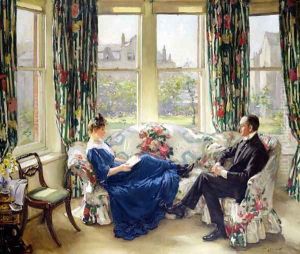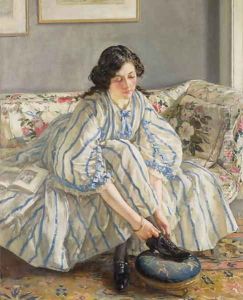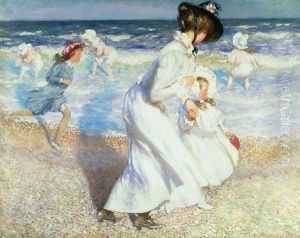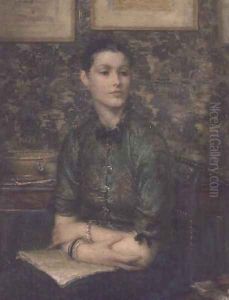Sir Walter Russell Paintings
Walter Bowman Russell was an American polymath known for his achievements in painting, sculpture, architecture and authorship. He was also a philosopher and a mystic, whose work extended into esoteric cosmogony and what he called 'Universal Law'. Born on May 19, 1871, in Boston, Massachusetts, Russell displayed an early talent for art, which became the primary focus of his early career.
He was largely self-taught and did not receive any formal art education until his adulthood, when he studied briefly at the Art Students League of New York. Despite this, he achieved considerable success as an artist. His work was widely exhibited, including at the Metropolitan Museum of Art and the Pennsylvania Academy of the Fine Arts. His style evolved over time, but he is perhaps best known for his impressionistic landscapes and portraits.
Beyond his artistic endeavors, Russell was also a prolific writer and thinker. He advocated for a philosophy that combined spirituality with a new understanding of the physical universe, which he laid out in works such as 'The Secret of Light' and 'The Universal One'. His alternative theories on physics and cosmology were not widely accepted by the mainstream scientific community, but they garnered a following and continue to be studied by some interested in esoteric wisdom and the intersection of science and spirituality.
In the late 1920s, Russell and his wife Lao founded the University of Science and Philosophy, a home-study institution that disseminated his teachings and philosophy. Walter Russell's legacy is multifaceted, encompassing his artistic achievements, his philosophical writings, and his influence on some in the New Thought movement. He continued to write, paint, and sculpt until his death on May 19, 1963, on his 92nd birthday. His work and ideas are preserved by the University of Science and Philosophy in Waynesboro, Virginia.



